For years crossovers like the Honda Pilot and Toyota Highlander dominated the 3-row family segment with little to no serious competition. But recently there have been some serious newcomers. The Kia Telluride has been making waves for a few years, and now we have this all-new 2024 Mazda CX-90. Based on a premium RWD platform, paired with an inline-6 engine and tons of luxury, has it jumped past even the Telluride? Let’s go ahead and find out who wins in 2024 CX-90 vs. Telluride!
Pricing and Equipment
Today we will be using the fully loaded versions of both models, so for the Telluride, that would be the SX Prestige. It’s a great value for what you get, at $52,970 all in.
MSRP (SX Prestige AWD): $50,590 | Options: $1,015 | Destination: $1,365 | Total: $52,970
Now moving on to the all-new CX-90, Mazda has positioned this as both a mainstream offering and a near-luxury option on the top end. Because of this, they offer a higher-powered version, which we have, coming in at a big price tag of $61,920. We will get into the price difference more in the value section, but for now, let’s dive into all the details of how they stack up against each other!
MSRP (Turbo S Premium Plus AWD): $59,950 | Options: $595 | Destination: $1,375 | Total: $61,920
Exterior Design
These two family crossovers really push the boundaries of the luxury space, and they have designs that say as much. The Telluride’s masculine and handsome exterior has been very well received, and for 2023 they have refined it further with some upgrades. By comparison, the new CX-90’s look is less tough and more sophisticated. It has smooth lines, including the newest version of the signature Mazda grille. The full LED headlights nicely integrate with the facia, and they are adaptive unlike the LED lights on the Telluride. However, only the Kia includes fog lamps.
Checking out the sides, they are both large, but the CX-90 is one of the longest options in the class. Part of that is the new RWD architecture it is riding on, which is also why you will notice a difference in their proportions. The designs are accented by stylish 20’s on the Kia and 21’s on the Mazda.
Length: 201.6-in (CX-90) | 196.9-in (Telluride)
Around back, the same design themes continue. Both have exposed wipers and LED taillights, although the Mazda’s are more premium since the reverse light is LED and the turn signals have a premium fading effect.
Additional Features
But let’s move beyond the design and get into some important features and specs. Both models mirrors are fully loaded with heating, power-folding, auto-swimming and blind spot monitoring systems. They both also have the main active safety systems standard across the board.
Towing for both models come in at 5,000 lbs, but the warranties are different. The Mazda has a typical one for the industry while Kia continues to have the longest one out there, at 10 years and 100,000 miles.
Alright, that’s it for the exteriors, so now let’s check out the luxurious cabins, before we take share our driving impressions!
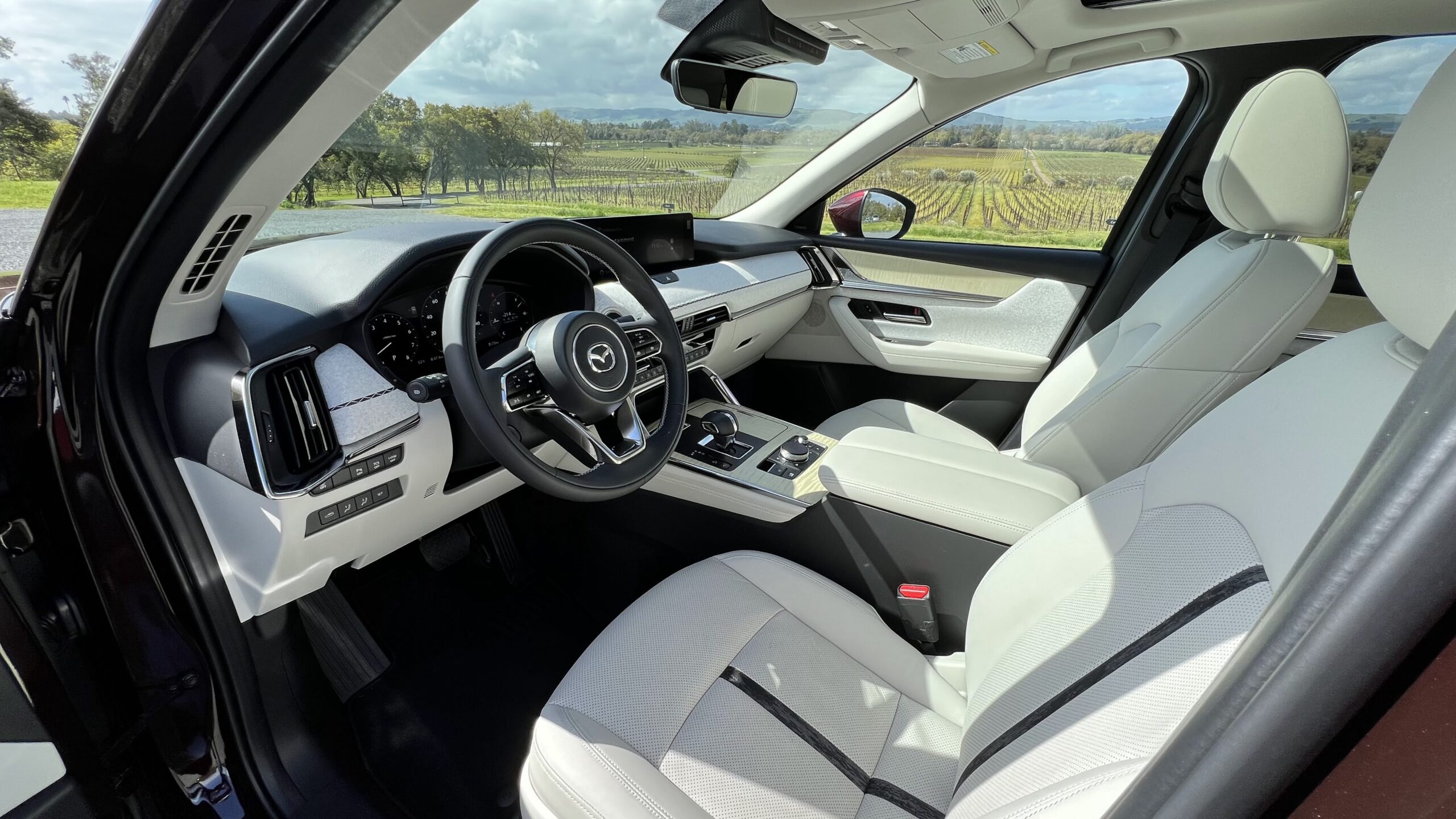
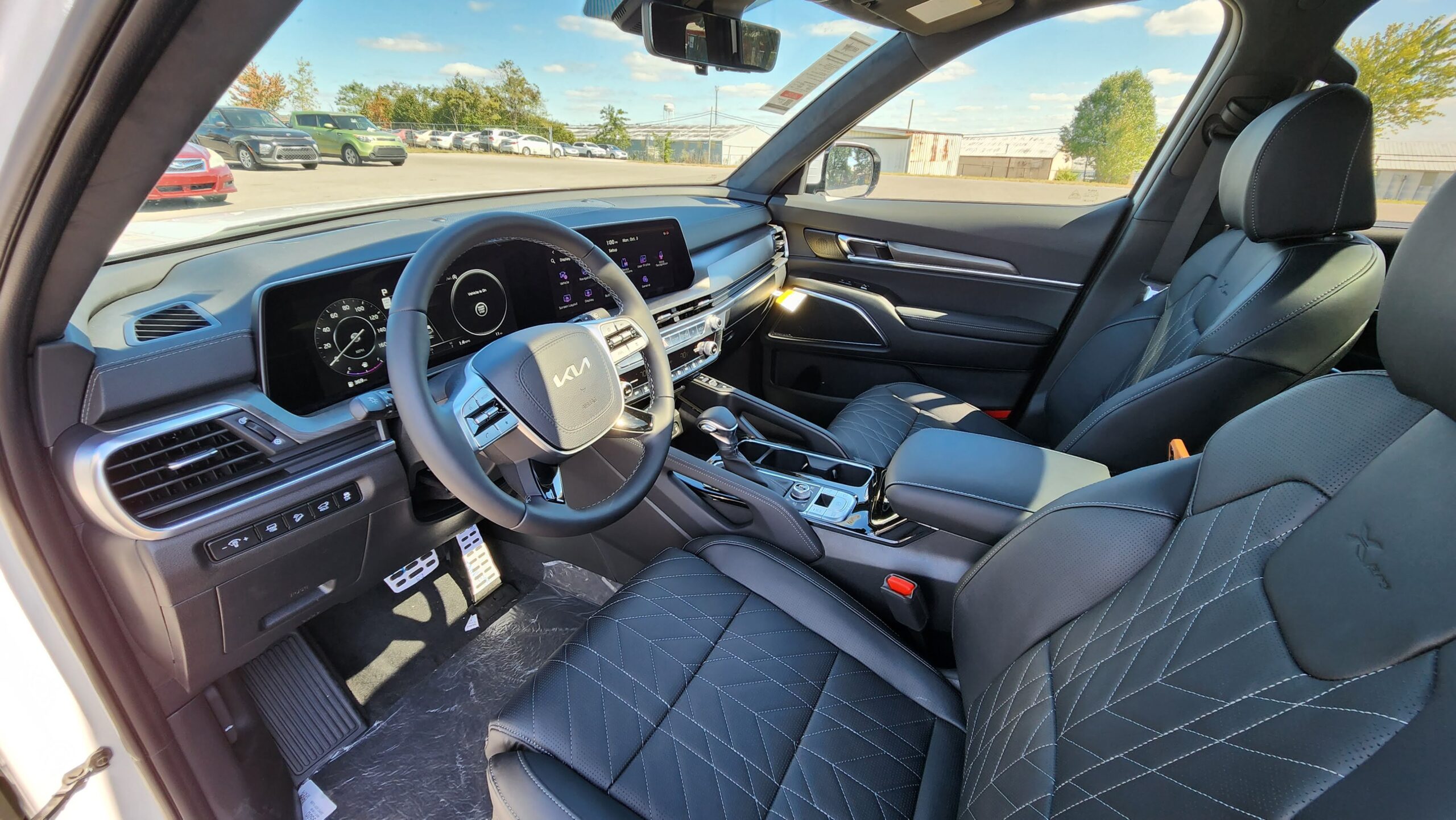
Interior Design
Walking up to the vehicles, both models have smart entry systems, but the Telluride has phone key as well as remote start on the fob, free for life.
Once you open up the doors, you will be shocked at just how upscale both interiors are from mainstream brands. They stand out in all the right ways with beautiful selections of high-quality materials. But before we get into that, let’s first talk about the seats specifically.
Both are covered in high-end Nappa leather with elaborate stitching details. They are also heated and ventilated with memory, but the Telluride does have more adjustability with 14-ways vs 10-ways. Neither offer massaging.
Now once fully inside the cabins, you can begin to take in just how luxurious they are. The Telluride uses a mixture of stitched soft touch plastic, very realistic faux wood trim, and then covers the center console and the signature handle bars in Nappa leather. But the Mazda’s environment does it one better by adding real open-pore wood all throughout the cabin and a beautiful Japanese cloth design across the dashboard for the white color choice. There is no piano black trim to be found.
After startup, you’ll see two 12.3-inch full digital gauge clusters, a first for Mazda. The Telluride, however has a blind spot camera system, although both of them have large Head up Displays with useful info such as BSM.
Coming back to the steering wheels, both are leather-wrapped and heated, and only the Mazda includes power adjustment.
Storage and Technology
Next up we have the very important aspect of storage, which is an area where the Kia has a clear advantage. The new CX-90 has a shallow center console compared to the Telluride, and up in the front, it only has enough space for a wireless phone charging pad. The Kia also has the charging pad and then plenty of extra space for other stuff.
Moving on to the shifters, the Telluride has a traditional one while the CX-90 has a new electronic design. Beyond that, when in reverse, they both pull up 360-degree camera systems with excellent resolutions. The Telluride does have one advantage though, and that’s a special 3D view.
Moving up the dash, we have 3-zone automatic climate controls before we come to the volume knobs for the audio systems. Despite the different speaker counts, they are both sound good and are essentially the same.
Telluride: 630-watt, 10-speaker Harmon Kardon Premium Audio
CX-90: 12-speaker Bose CenterPointe Premium Audio
And now that brings us to the infotainment systems, and there’s a lot to discuss here. While they both have nice 12.3-inch displays, Mazda’s native infotainment software prohibits touch so you have to use the control knob on the dash. This makes operation more difficult. The exception to this is that you can touch the screen when in Park and while AndroidAuto and Apple CarPlay are operating, which brings me to my next point: these systems run wirelessly in the CX-90, while you have to connect via a wire in the Telluride.
Moving above the screens, both have auto-dimming rearview mirrors, but it is also a digital camera mirror on the Telluride once you flip the switch.
Finally, up top, both have forms of panoramic sunroofs, although the Telluride’s is a dual panel setup and the Mazda’s is a more premium one-piece arrangement.
But while you’re gazing at the glass, you will notice the premium Alcantara headliner on the Telluride, something you don’t often find outside of a German luxury vehicle.
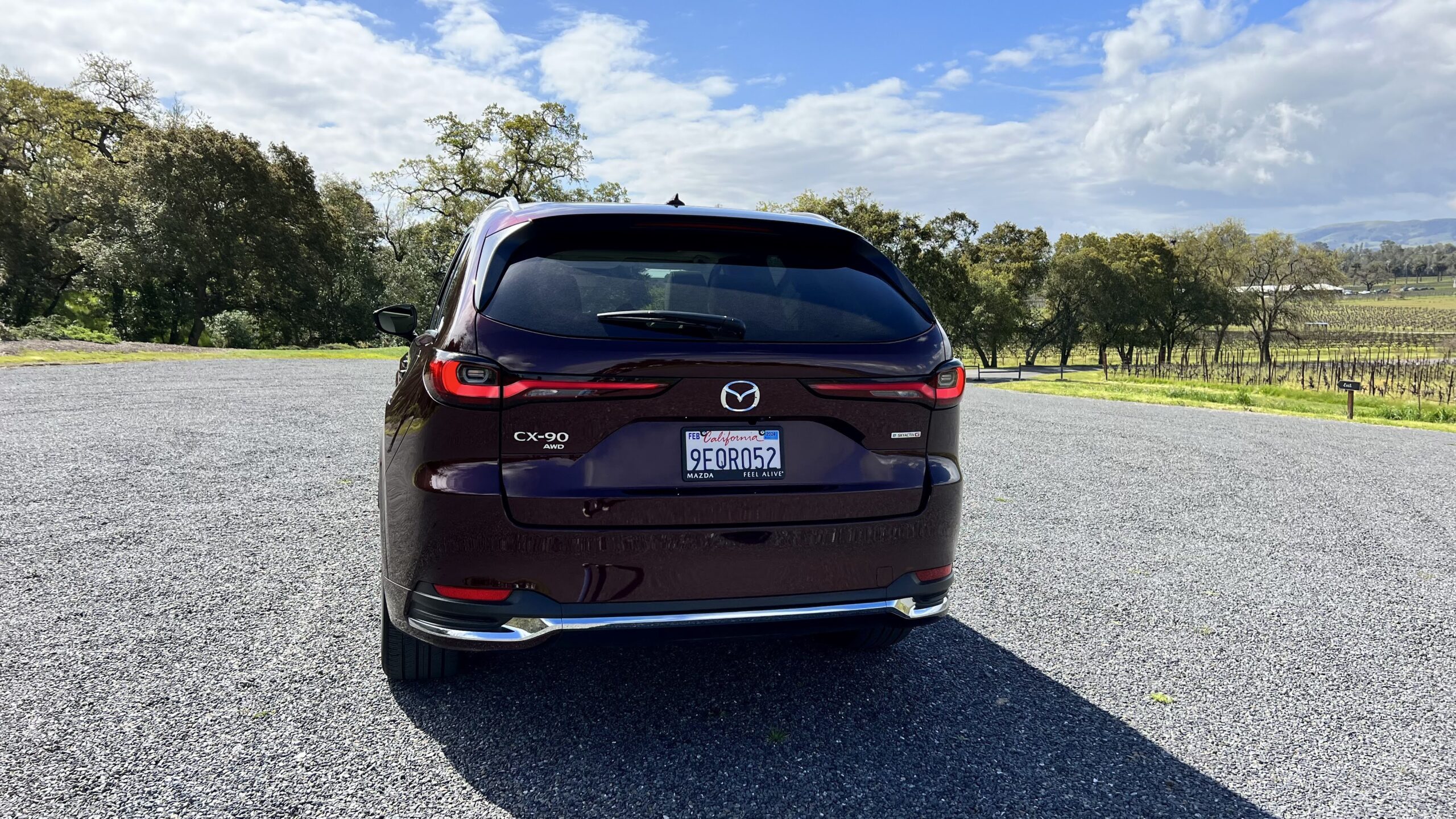
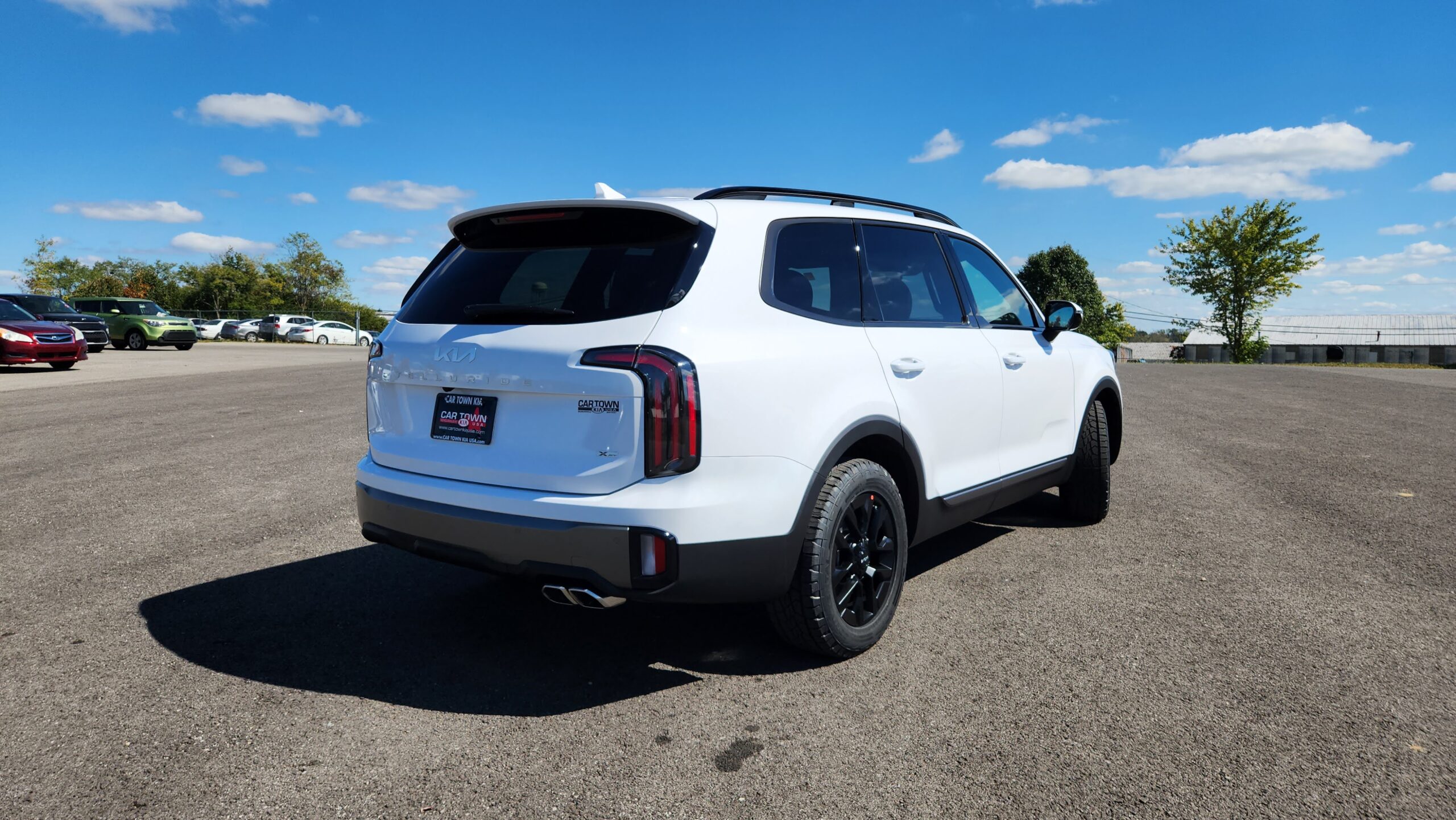
Rear Seats and Cargo
Size certainly matters in this segment, and the rear areas are where this really starts to come into play. While the CX-90 has grown quite a bit over the small CX-9 it replaces, it still hasn’t quite caught up to the largest choice in the segment, which includes the Telluride. The Kia has about 7% more rear legroom, but the headroom advantage is less than 5%.
Telluride: Legroom: 42.4-inches | Headroom: 40.2-inches
CX-90: Legroom: 39.4-inches | Headroom: 39.3-inches
But the rear amenities are where you will really be blown away, or your kids at least. Both have sunshades, rear climate controls, 2 charging USB ports, plus sliding and reclining seats. Additionally, both their rear seats are heated AND ventilated, which is something that is still very uncommon even in luxury SUV’s.
A couple differences are the fact that the Telluride has a household power outlet, and the CX-90 has a dedicated center console, which allows for storage and a more executive kind of feel.
Moving on to the 3rd row of seats, both crossovers have a very convenient one-touch folding and sliding mechanism to give you a nice pathway.
And once in the third row, they are very similar in terms of the official measurements. but that doesn’t tell the whole story because the Telluride is more comfortable. The seats are lower to the floor on the Mazda which means makes your legs are more jacked up and you have less thigh support.
Telluride: Legroom: 31.4-inches | Headroom: 38.1-inches
CX-90: Legroom: 30.4-in | Headroom: 36.9-in
Both of them have vents, cupholders and USB ports; however, the highest-end CX-90 only has two seats back here, while the Telluride has three 3rd row chairs.
Moving around to the rear, both have smart opening tailgates, and once they open up, you’ll find plenty of space for your cargo needs. That’s not to say they are equal though, because they are not. Even though the CX-90 is longer, the packaging of this new platform means that it has less space with all 3 seating configurations than the Telluride. As a maximum with all the seats folded, the Mazda comes in at about 15% less space than the Kia, which, depending on your needs, could be an important distinction between them.
CX-90: 15.9 cubic feet behind 3rd row | 40.1 cubic feet behind 2nd row | 75.2 cubic feet max
Telluride: 21.0 cubic feet behind 3rd row | 46 cubic feet behind 2nd row | 87 MAX cubic feet
Neither of them has power-folding third rows, but the Mazda does have a household outlet for tailgating.
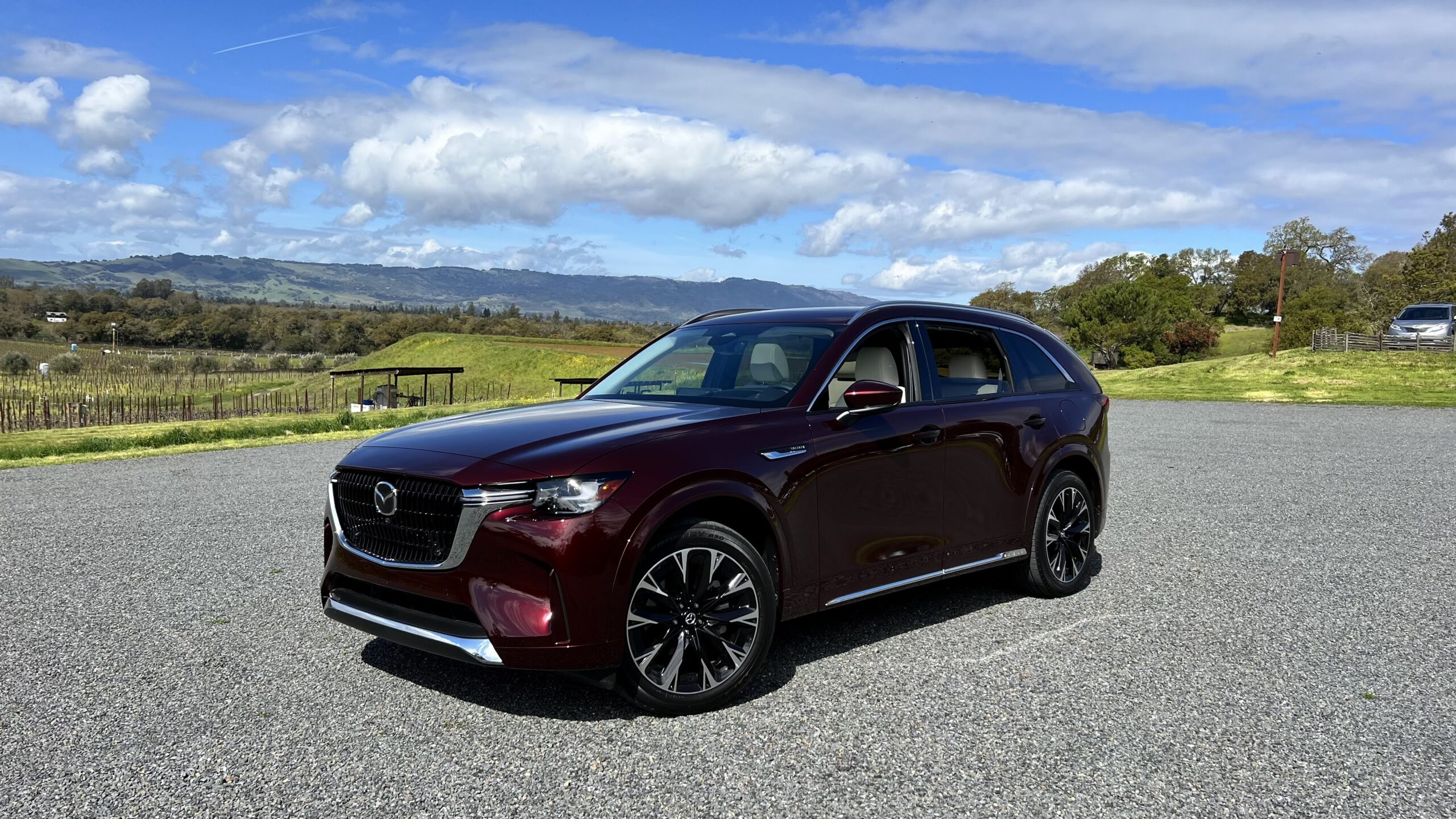
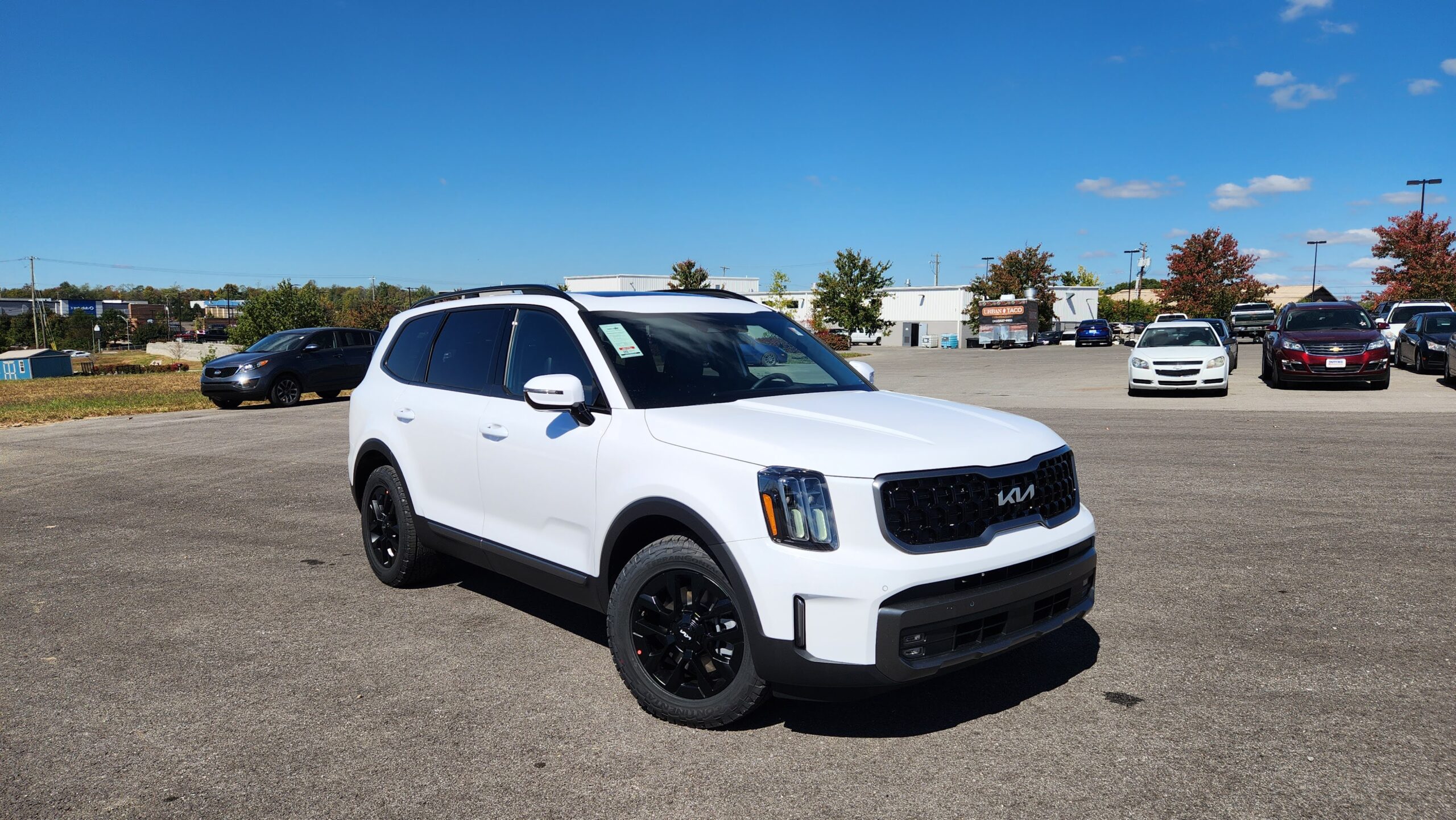
Powertrain
But now let’s head out on the road! This is definitely the area where they differ the most outside of the cargo space. The Telluride uses a traditional powertrain for the segment, which is a 3.8L naturally aspirated V-6 engine, with 291 hp. But the Mazda really shakes things up here with their brand new Turbocharged Inline-6. It’s available in two tunes, but since we have max loaded model, we have the high-output version making 340 hp and 369 lb.ft of torque. As you would expect, this makes for a very noticeable acceleration advantage.
Telluride: 3.8L V-6: 291 hp | 262 lb.ft
CX-90: 3.3L Turbo I-6 w/ 48v Mild Hybrid: 340 hp | 369 lb.ft
Now, the other aspects of the powertrains are 8-speed automatic transmissions on both and AWD systems. Both transmissions go about their business smoothly and unobtrusively, but I do want to mention the CX-90 also has a 48v Mild Hybrid system. This means the engine can turn off under light loads and it powers a very smooth auto start/stop system, which is better than the Telluride’s.
Driving Impressions and fuel economy
Now let’s get into the ride quality, which is important for this kind of family SUV. I do want to preface by saying that the CX-90 is not uncomfortable by any stretch of the imagination, but it is definitely firmer than the Telluride. A combination of the stiffer suspension and larger wheels means that you will feel more of the harsh impacts from the road.
On the flip side of this, Mazda always cares more about driving dynamics than pretty much any brand, and you do feel that in the CX-90. While we certainly couldn’t call it sporty, you can feel the benefits of the RWD-based architecture, more limited body-roll, and especially the responsive steering setup.
Another aspect of comfort is sound insulation, so let’s look at the dB readings. As far as the numbers, Telluride has the advantage, however, because we were driving the CX-90 in California the road surface was rougher than what we usually test on at home in KY. The following are the dB readings, though we won’t score it until we get official CX-90 ratings.
Telluride: 53.6 dB @ 55 MPH
CX-90: 57.6 dB @ 55 MPH
One of the biggest surprises of this comparison is just how much better the fuel economy rating is on the CX-90, despite its big power advantage. It is one of the most efficient non-hybrid 3-row SUV’s on the market.
CX-90: 23/28/25 MPG
Telluride: 18/24/21 MPG
Value
Finally, let’s circle back to value and the price difference between the two, which is a substantial $8,950. This could be quite the differentiator between purchasing these two vehicles.
Better Luck next time mazda!
So, there you have it! Two of the best new 3-row family crossovers faced off and battled until the end! The biggest distinguishing differences between these two are space and the price, and we do want to point out that price is something that can be lowered quite a bit on the CX-90. The standard engine has less power but can get most of the features you saw in this video, for about $54,000 in top trim.
But, for this showdown in the top trim levels, the Kia can’t help but offer much more space and value for its price. With prices everchanging in the automotive industry though, we may very well see an even smaller differential between the two in the near future. Which one would you take? Let us know in the comments below!


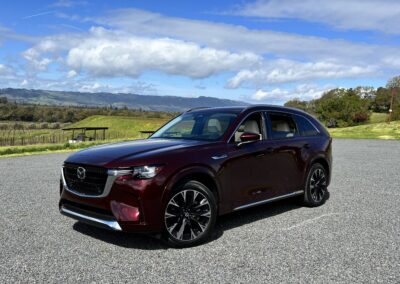
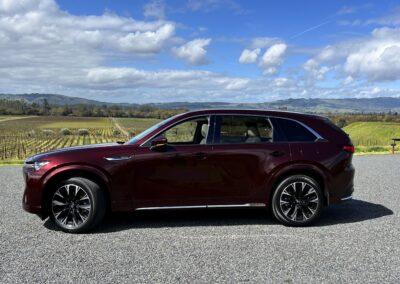
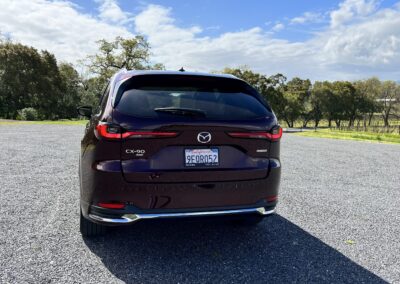
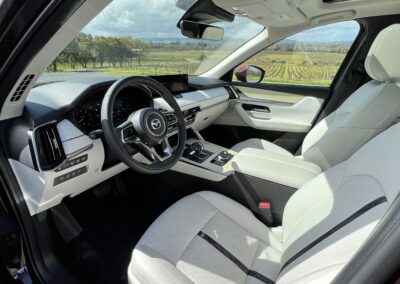
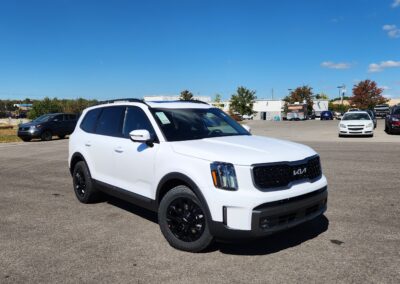
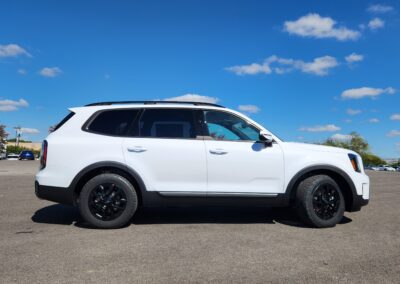
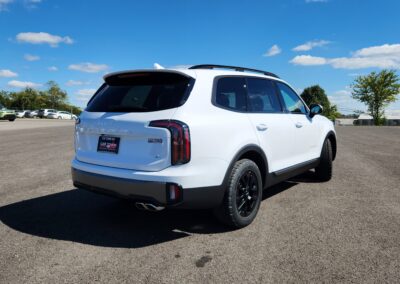
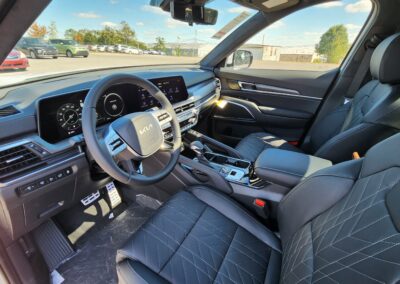
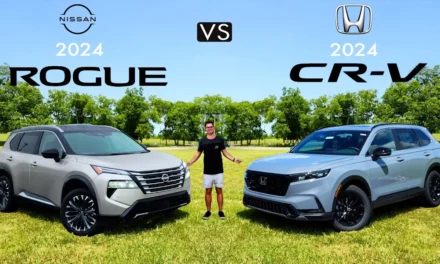
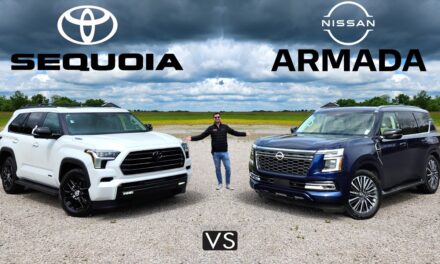
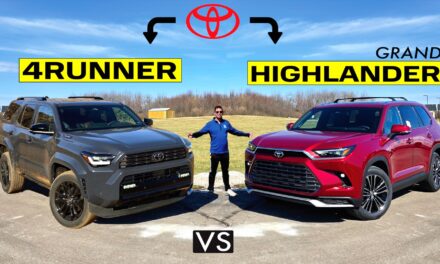
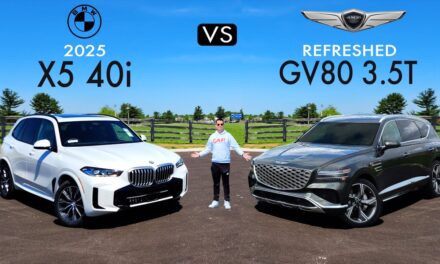






Recent Comments